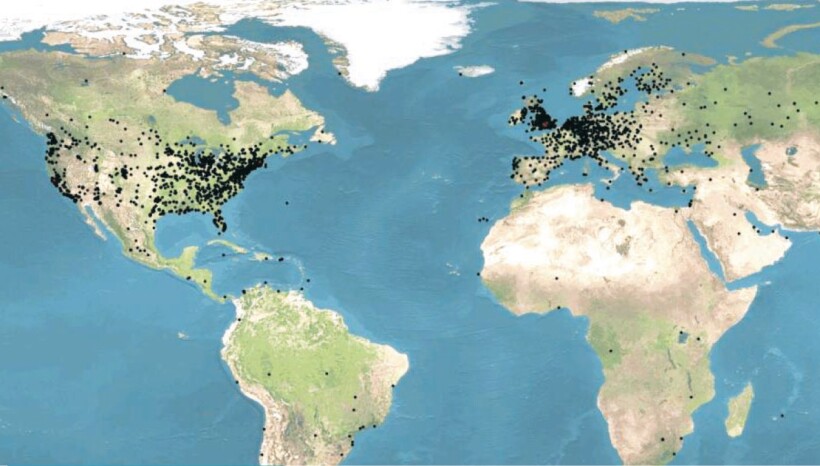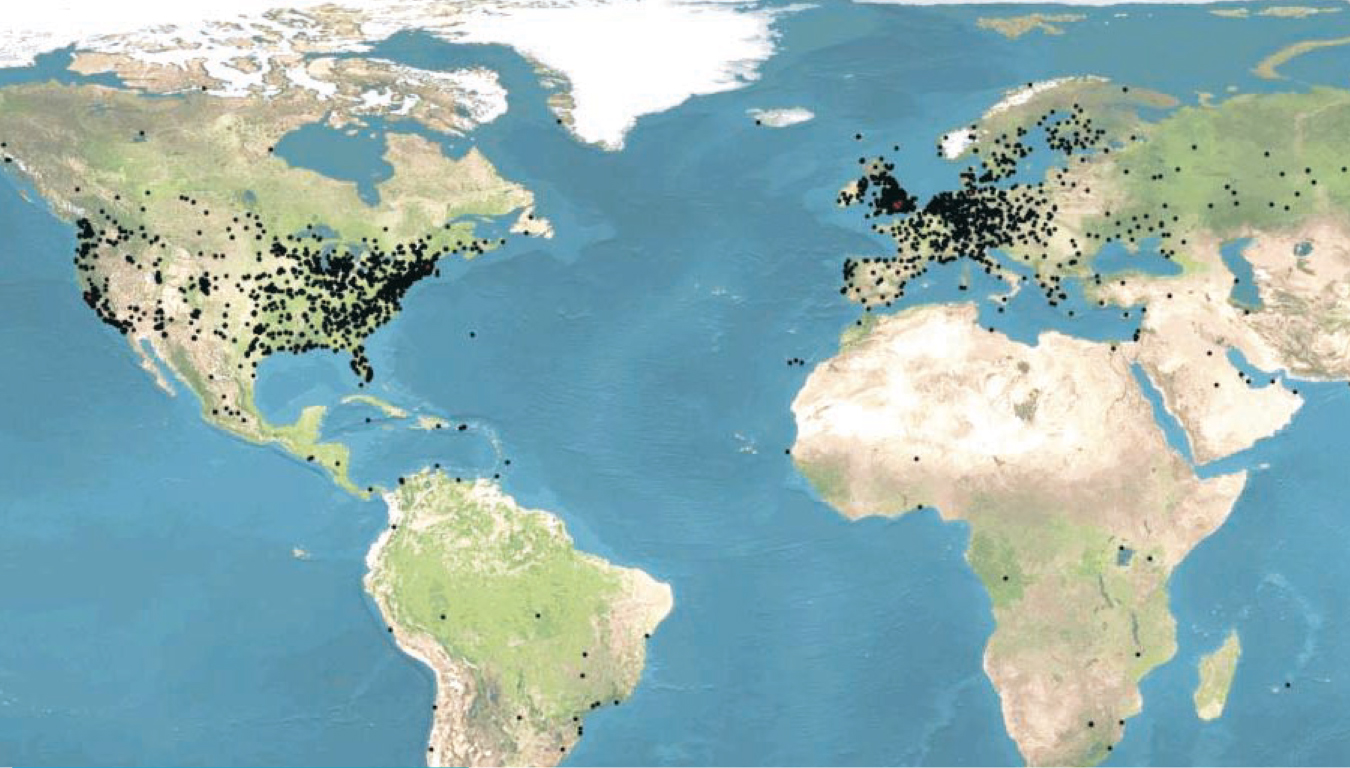Climate@home
DOI: 10.1063/1.1650221
Although personal computers use more than 8% of the US electricity market, most of the time they have nothing to do. Now a UK research consortium has launched the Web site climateprediction.net
The new site originated when Myles Allen of Oxford University wrote a commentary in Nature (volume 401, p. 642, 1999) calling on the science community to exploit home computers for research. Allen’s article was inspired by the SETI@home project, which now harnesses nearly 5 million home computers to process radio signals in the search for extraterrestrial life (see Physics Today, October 1997, page 96
Visitors to climateprediction.net
By running the model thousands of times with slightly different variables, the consortium hopes to find out how sensitive the Met Office model is to temperature and to atmospheric and biological processes such as the carbon cycle. “In the past, estimates of climate change have had to be made using one or, at best, a very small ensemble—tens rather than thousands—of model runs,” says Mat Collins, a Met Office climate scientist. “This experiment will give us the most comprehensive assessment of future climate change.”

Personal computers from around the world (black dots) form one vast supercomputer that can tackle climate studies.
CLIMATEPREDICTION. NET

More about the Authors
Paul Guinnessy. American Center for Physics, One Physics Ellipse, College Park, Maryland 20740-3842, US . pguinnes@aip.org

